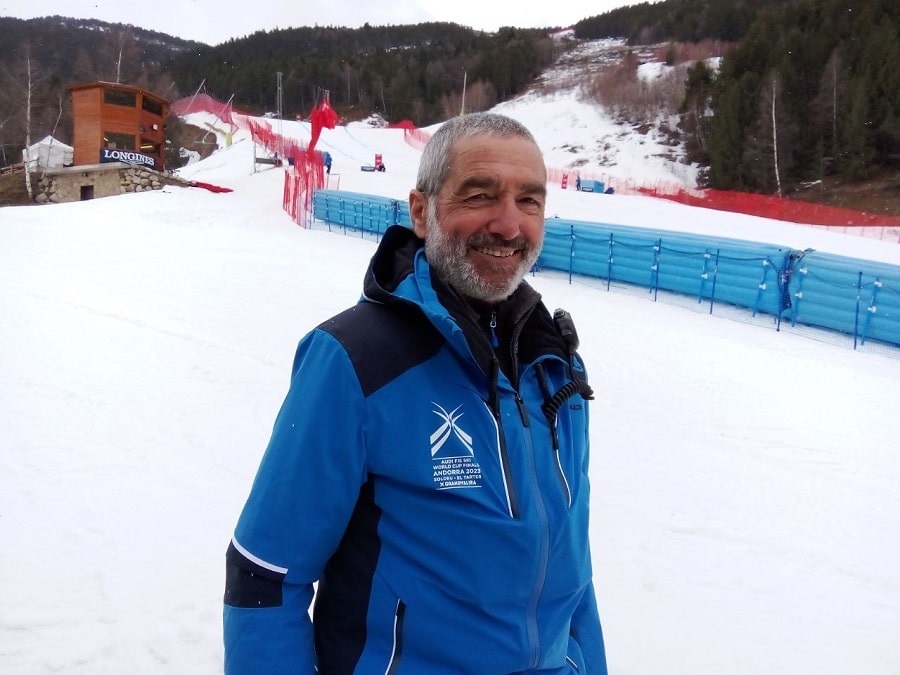Motivation is a foundation consisting of external and internal causes. They determine our behavior – excite nervous structures and awaken interest, cause directional activity, give intensity to our actions and bring them to constancy. This is what my blog is about today.
Many scientific theories are devoted to the study of motivations. To better understand the hierarchy of our motivations, we turn to Maslow’s pyramid of needs. Our needs are distributed as they grow: a person cannot experience the needs of a higher level, while they still need more primitive things.
The two lower components are factors aimed at getting rid of the unpleasant. This provision is of physiological needs (you need to work to feed yourself) and your own safety.
Further, the factors are aimed at obtaining positive emotions: the need for belonging to a particular group (teamwork), the need for respect, then the need for information, aesthetic needs (the desire to harmonize life) and, finally, the need for the most complete identification and development their personal capabilities.
As the underlying needs are met, the needs of a higher level become more and more relevant.
Also curious is Herzberg’s Two-Factor Theory of Motivation. It is based on two large categories of needs: hygienic factors and motivating factors. Hygienic factors are associated with the environment in which the work is carried out, and motivating factors – with the nature of the work.
Herzberg called the first category hygienic needs, using the medical meaning of the word “hygiene”, since these factors describe the environment of the person and serve the primary functions, preventing job dissatisfaction: working conditions, wages, interpersonal relationships with managers, colleagues, subordinates and etc.
Herzberg described the second category of factors as motivating since they induce better execution: achievements, recognition of merit, responsibility, and opportunities for career growth.
According to Herzberg’s theory, the absence or lack of hygienic factors leads to a person’s dissatisfaction with his work. But, if they are presented in sufficient volume, by themselves they do not cause satisfaction and are not capable of motivating a person.
Lack of motivators, according to Herzberg, does not lead to dissatisfaction of people with work. However, their presence adequately causes satisfaction and motivates the necessary actions and increase in efficiency.
Justice Theory by Stacy Adams examines the issue of motivation through reward. The theory of justice is based on the statement that people subjectively evaluate remuneration to the effort expended, and the feeling that someone else is noted more and better, most often begins to reduce the intensity of work. As a result, it is necessary to motivate a person, relieve tension and correct imbalance in order to restore justice.
Vroom’s theory of expectations states that having an active need is not the only necessary condition for a person’s motivation to achieve a certain goal. The person should also hope that the type of behavior chosen by him will indeed lead to satisfaction or acquisition of the desired.
The motivational states of a person include interests, desires, aspirations, intentions, desires, attitudes and passions. Passion is the most powerful motivational state, it is called “the heavenly fire that animates the world.”
The desire to earn money – this is also a kind of external motivation.
Incentives and achievements in the society can also be a motivation. A person may feel uncomfortable in society because they are not slim enough, small in stature, shy and timid, lack communication or are looking for new friends … Sport can help develop martial qualities, make a stronger character and correct the figure.
Passion, energy, what you really like, is intrinsic motivation. It is the one which allows us to believe that “impossible” is just a loud word, behind which weak people hide. Intrinsic motivation is a challenge, a chance to prove oneself and make the impossible possible. Intrinsic motivation provides an opportunity for personal growth and leads to self-affirmation.
All motivational factors are reduced to two ideas: to get pleasure (positive emotions) and get rid of unpleasant feelings (negative emotions). All of them can be both external and internal. Only the simultaneous presence of positive and negative motivational factors favorably affects the action.
A great way to motivate yourself in sports is to clearly define tasks. In 1990, Professor Edwin Locke and Professor Gary Latham published a theory of goal setting and task fulfillment, in which five principles of effective goal-setting were justified. These include:
Clarity (state goals clearly and succinctly).
Challenge (“If you want happiness in life, choose goals that your thoughts will obey, which will release your energy and breathe hope into you,” – Andrew Carnegie).
Commitment (to achieve success, you need to make sure that the goals you set are really what you want, something you completely agree with).
Motivation in sports, as well as everywhere else, can be external and internal. Extrinsic motivation is the urge to act through forces from outside. A child may be inclined to participate in sports by their parents, “because it is fashionable”, “because the child must be busy with something”, “because the sports centre is near the house”. And in order for the child to engage, parents use incentives – encouragement or punishment.
Feedback (periodically review your goals and track your progress).
The difficulty of the task (break big goals into small ones. “A journey of a thousand miles begins with one step,” – Laozi).
And remember: no matter how fast you progress. The main thing is not to stop!











